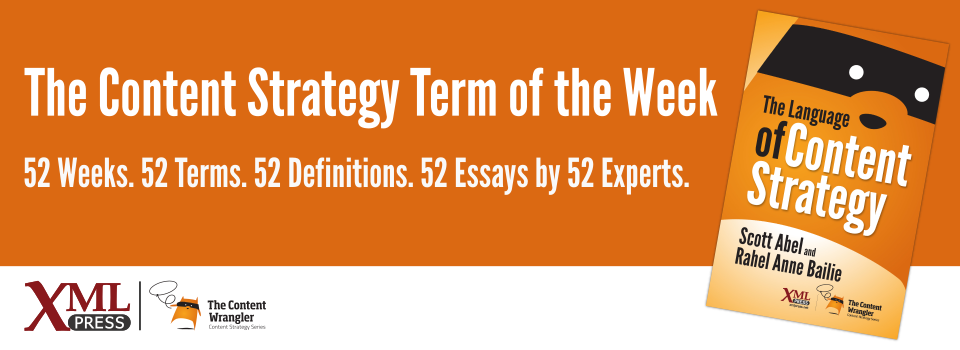What is it?
The practice of targeting content to users based on one or more of the following: who they are; where they are; when, why, and how they access the content; and what device they use to access it.
Why is it important?
Enables a user to engage with contextual and relevant content. Effective personalization delivers the right content to the right user at the right time.
Why does a content strategist need to know this?
Personalization targets content to content consumers based on one or more of the following criteria:
-
Who they are
-
Where they are (geographically)
-
What they are doing or attempting to do
-
How they are doing it (on which device or technology)
-
When they are doing it
Personalization enables cross-sell or upsell of products, pertinent recommendations, and the ability to serve up content that a content consumer would like to see. Personalization aims to provide relevant content experiences specific to someone’s needs and preferences.
There are various ways to achieve personalization; some more frequently used methods include:
-
Leveraging knowledge gleaned by examining behavior on a website or in a clickstream, which might include how consumers arrive at the site (for example, via organic search) and what they do while on the site. Depending on the clickstream, specific content can be served up to a specific person. For example, a search for “kitty toy” could mean that various types of content relating to cats and cat toys follow a user around while he or she browses a website.
-
Using what is known about content consumers, such as information found in their profile, to customize their experience. For example, by marrying profile data with content, you can give customers calling your support center specific, relevant content about the products they have purchased, in their preferred language.
-
Harnessing the power of location-awareness. For example, if the content consumer is in Los Angeles, you can offer specific deals based on that geographical location.
